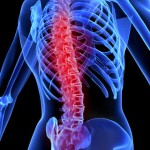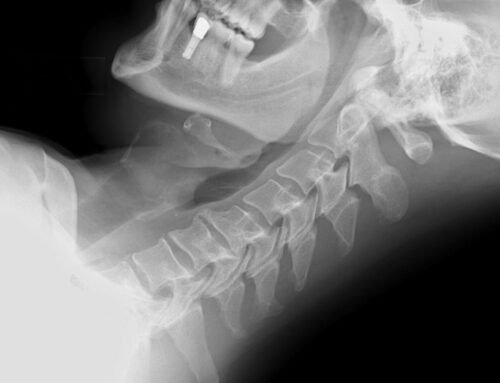What Is Whiplash?
Our experience as handling car accident injury claims gives us a unique insight as to how
There are a number of studies that have determined that the chief mechanism in whiplash injuries is the head being quickly thrown backward and then forward, which is exactly what happens you’re your vehicle is struck from behind.
These “whiplash” type injuries often referred to as “soft tissue” injuries generally do not require surgical repair and recovery usually only lasts 6 to 12 months. Despite this, there is a substantial portion of the population involved in these rear end collisions that end up having permanent issues with their cervical spine. 
Physicians who specialize in treating spinal injuries often opine this permanent damage is caused by microscopic tears in the soft tissues surrounding the cervical spine. These small tears, caused by the deceleration/acceleration forces, develop microscopic scar tissue it they heal. This scar tissue can be a contributing factor to long term problems resulting from these accidental injuries.
What Causes Rear-End Car Accidents?
Distracted driving causes a lot of accidents, but it is an even more prevalent cause of rear-end car accidents. A study done in 2007 by the NHTSA shows that nearly 87% of all rear-end car accidents involved a distracted driver. That is more than double any other type of crash. As cell phones and These rear end collisions are increasing as cell phone usage and other driver distraction features in
What Are They Symptoms of Whiplash?
“Whiplash”, when more severe may be associated with headaches, dizziness, burning and tingling in the neck which may radiate into the shoulder. Some people even experience cognitive/psychological conditions such as memory loss, concentration impairment and sleep disturbances as well as fatigue or depression. “Whiplash” injuries typical treatment will include pain medications, and anti-inflammatory drugs. For more severe injuries there may be home exercise for range of motion and improvement, as well as physical therapy which could include a heat application, ultrasound and massage.
For those people who do not recover within 6 to 12 months after the collision, the future is uncertain. Medicine to date does not have a cure, or a clear explanation why some people do better than others. When pain does become chronic or persistent, the injured person may then be faced with a necessity of treatment at a pain clinic to learn to deal with long term pain. People who suffer “chronic” pain often suffer side effects including severe depression, sleep interruption, and fatigue. For general discussion of pain and treatment click here.




